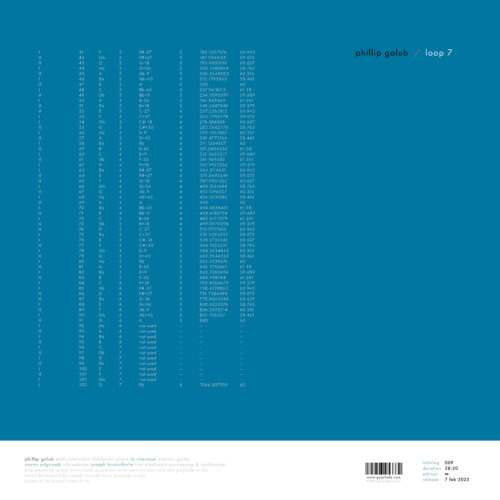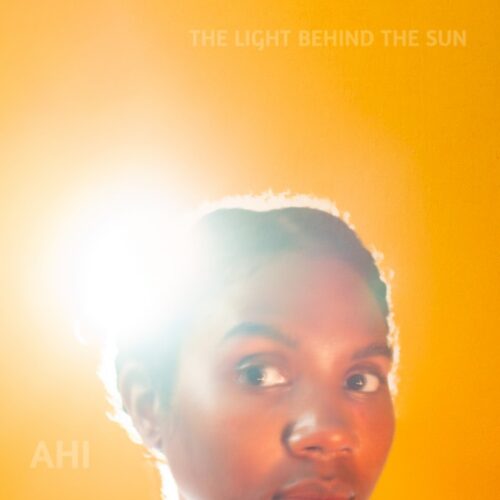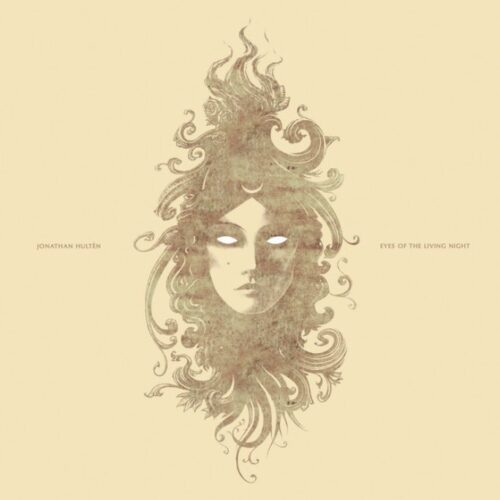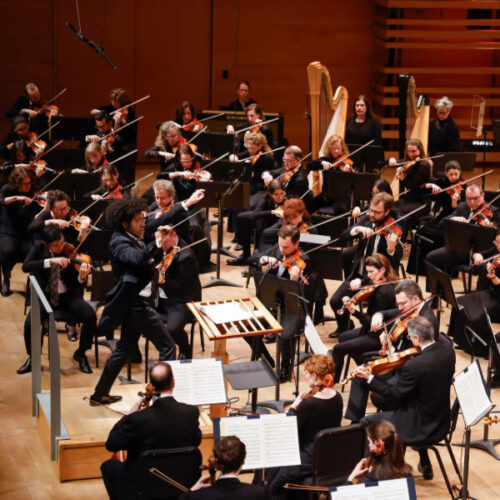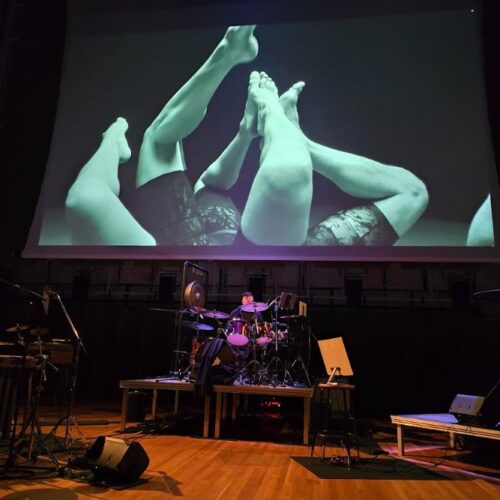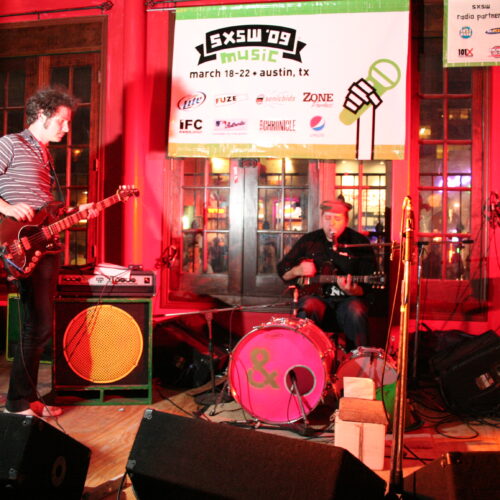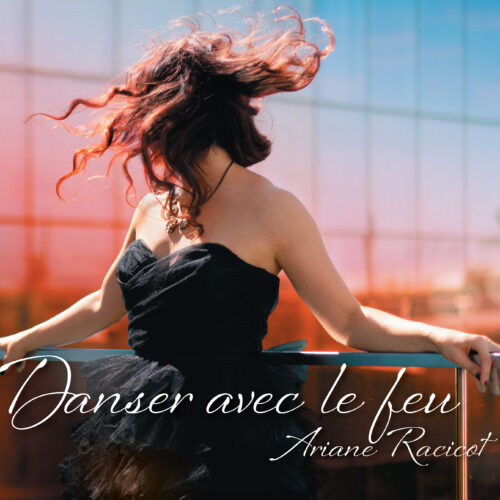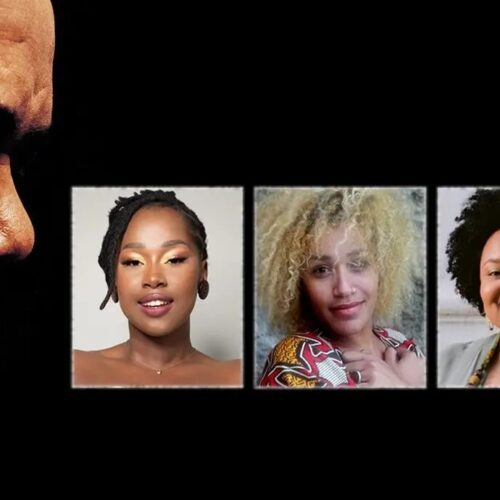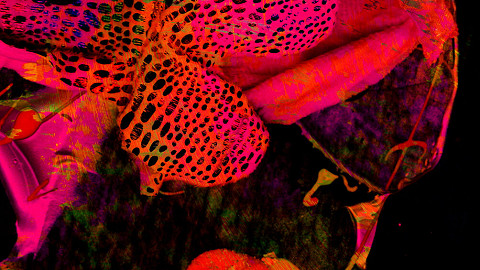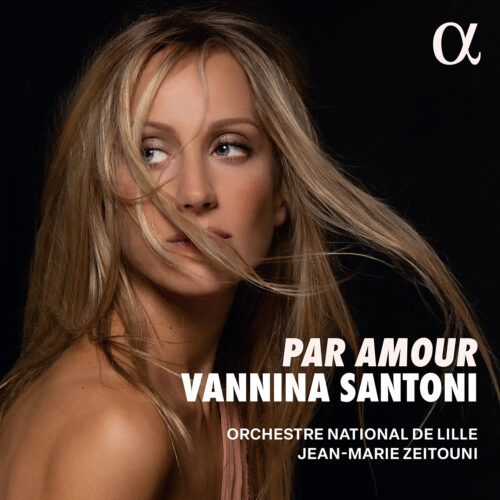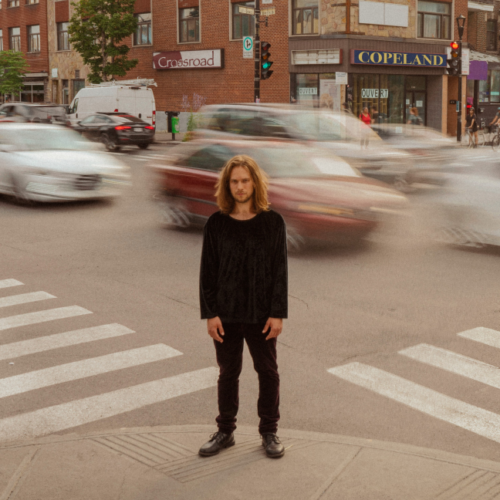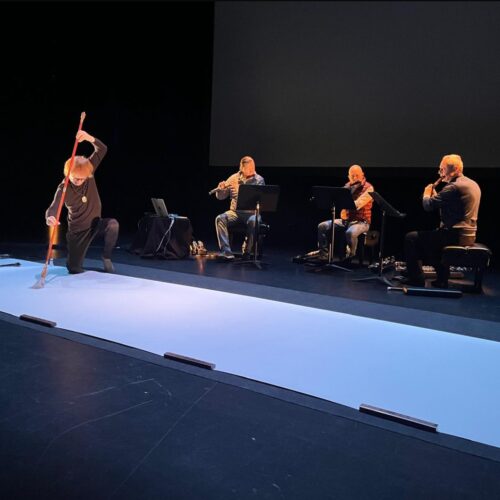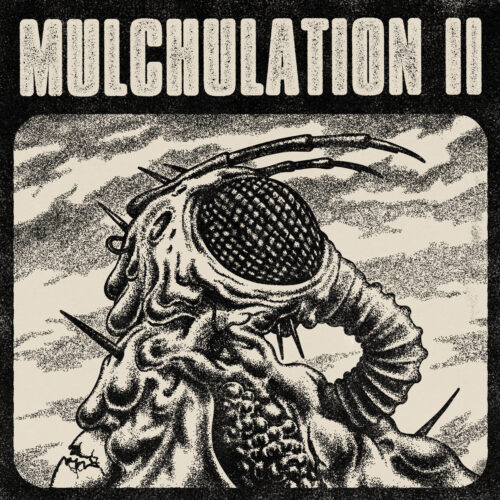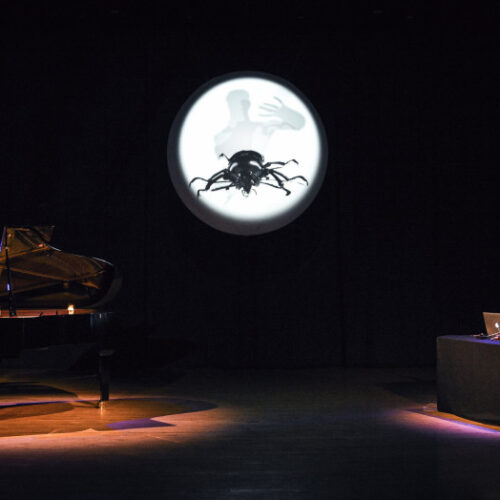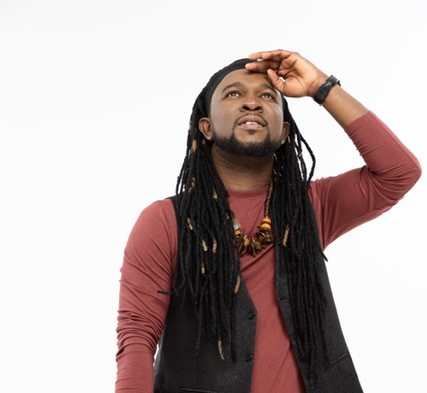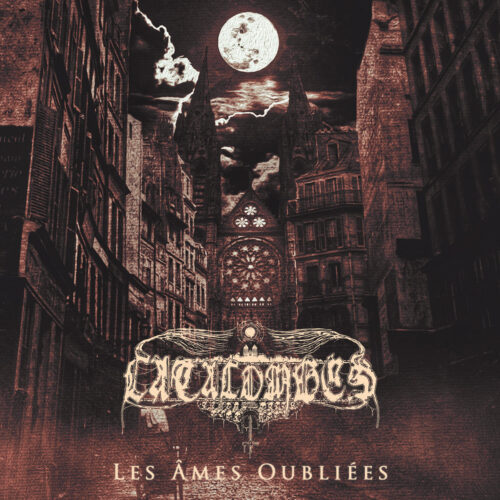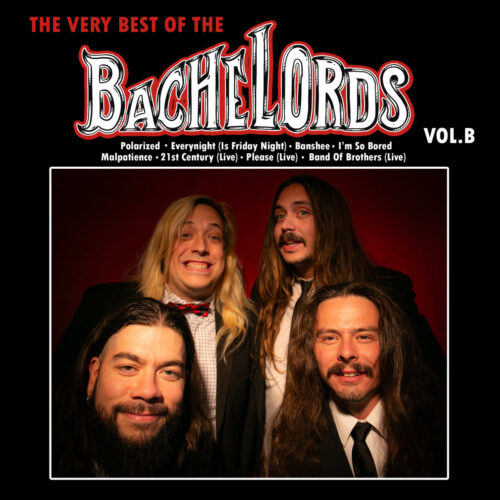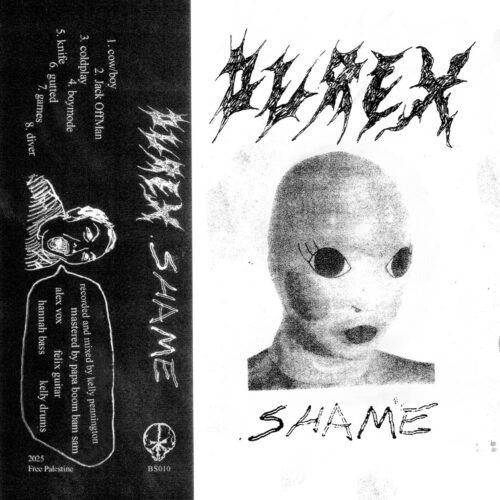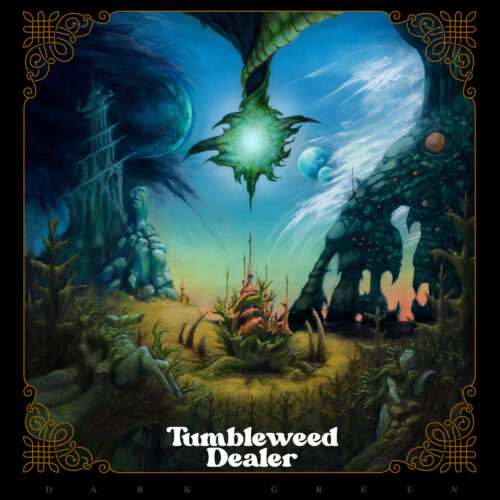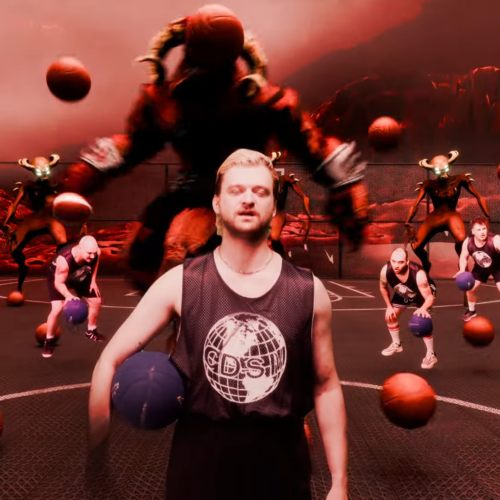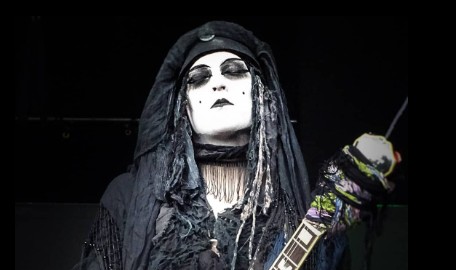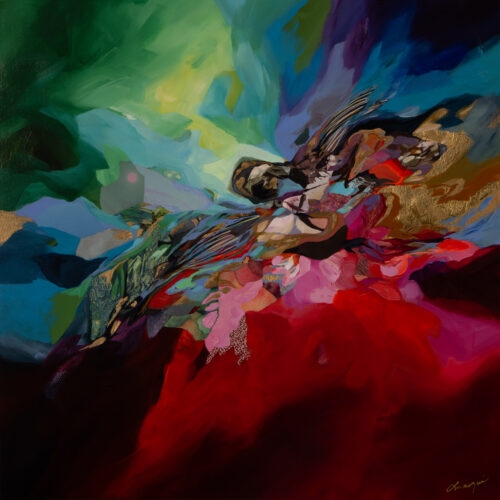22 microtones for each octave. This is the microtonal acoustic piano designed by Joseph Branciforte for his colleague Philip Golub, a New York composer based in Brooklyn. The aim: to make possible the performance of Loop 7, a composition with subatomic sonorities that Golub wanted to see performed live on stage, acoustically.
As the title suggests, Loop 7 is part of the composer’s series of Loops, exercises in repetitive and minimalist music. With No. 7, Golub pushes the envelope with a score first created on a MIDI keyboard, then reprocessed so that it can be played on a rare 22-note-per-octave piano. Better still, Golub turns it into a real chamber score by adding a microtonal vibraphone, an electric guitar and an electronic device.
The result is astonishing. An evanescent narrative progression, devoid of explicit meaning but nonetheless supported by discernible syntax and punctuation, manifests itself through piano sonorities reminiscent of prepared piano, only less percussive. Formally, short phrases are repeated at decreasing pitch levels, descending by only 1/22 of an octave with each repetition. Low notes disappear and reappear as high voices, giving the music an Escher-esque sense of endless descent. Rich resonances and striking dissonances abound in a field of shimmering microtonal harmonies. Strange, but strangely beautiful.
Vibraphone, guitar and electro are used in extremely subtle ways, almost merging with the piano to form a subtle resonance chamber rather than any kind of contrapuntal, let alone harmonic, accompaniment.
A deeply original approach which, despite its experimental nature, remains seductive and attractive.
Phillip Golub, microtonal piano
Ty Citerman, electric guitar
Aaron Edgcomb, microtonal vibraphone
Joseph Branciforte, synthesiser and electronics
